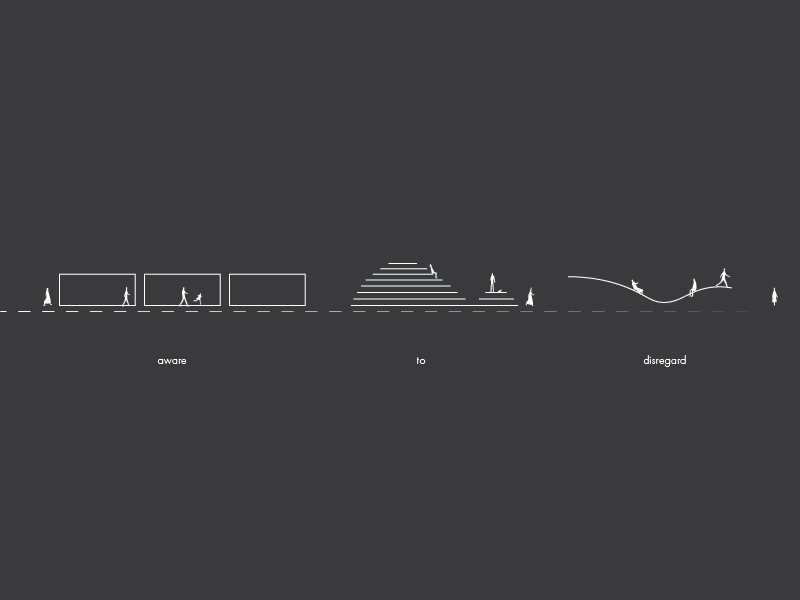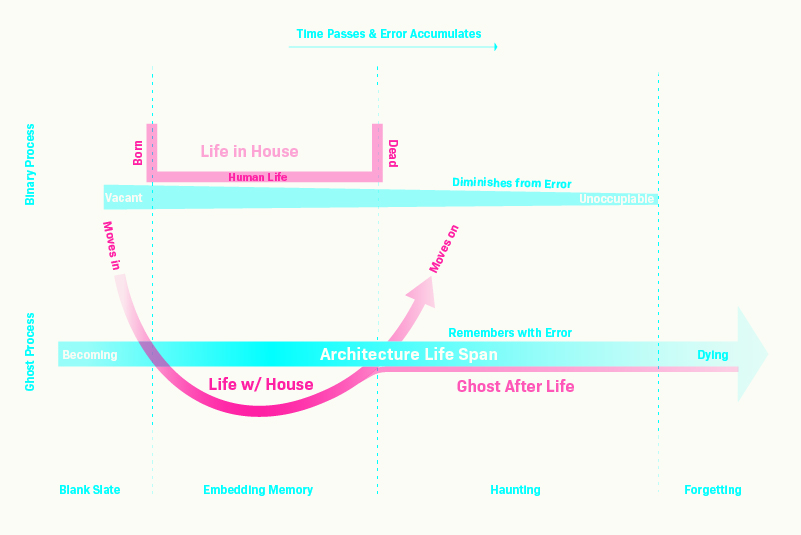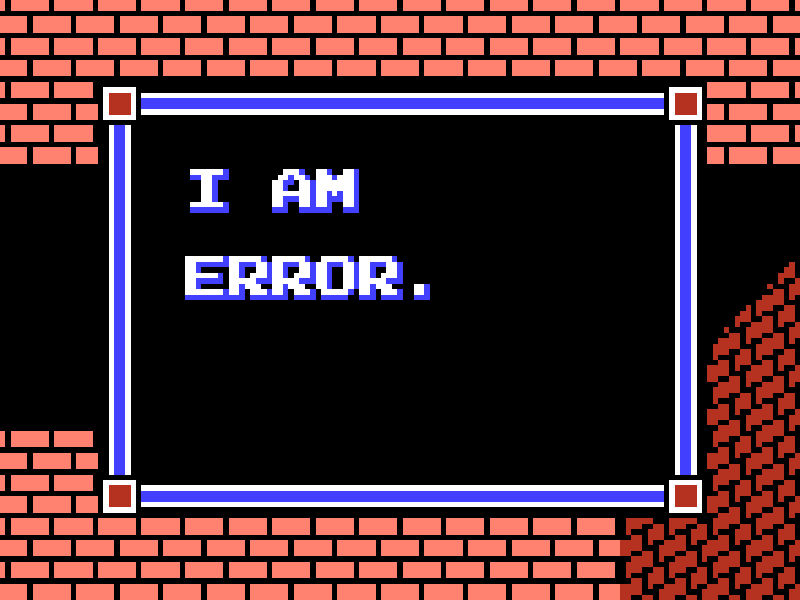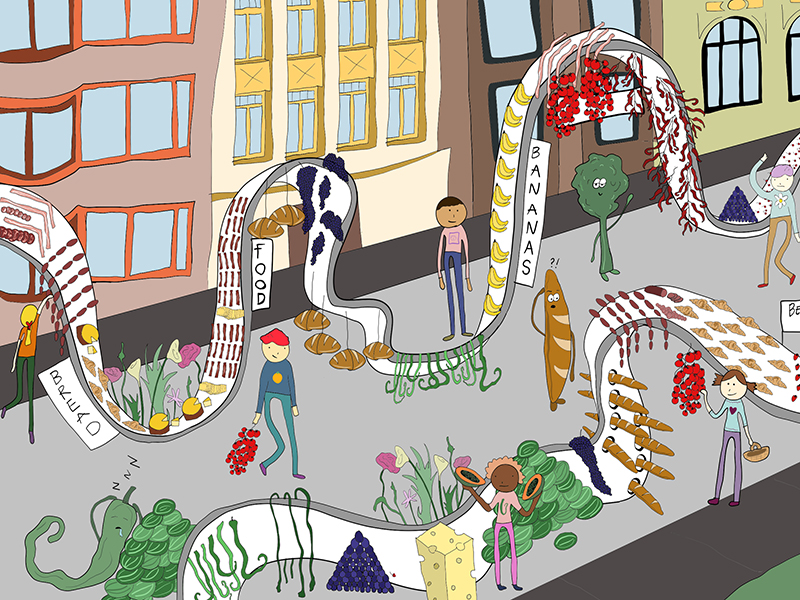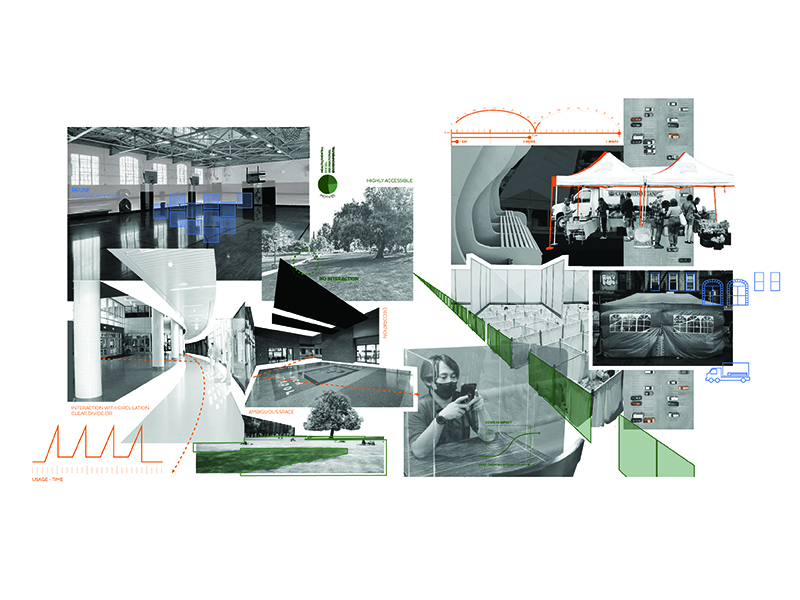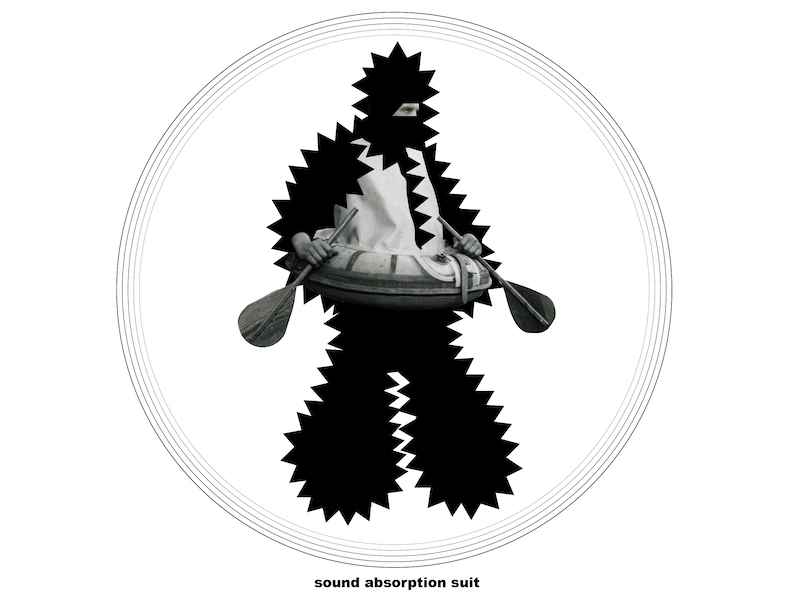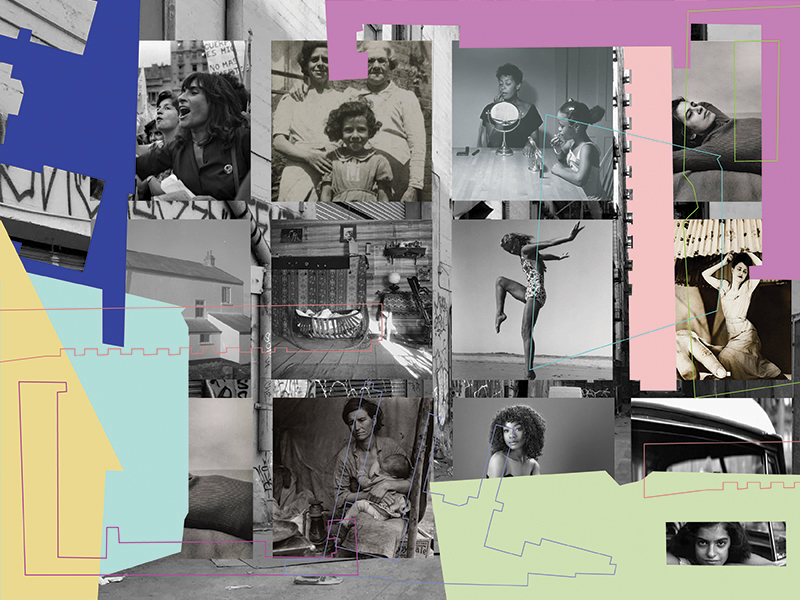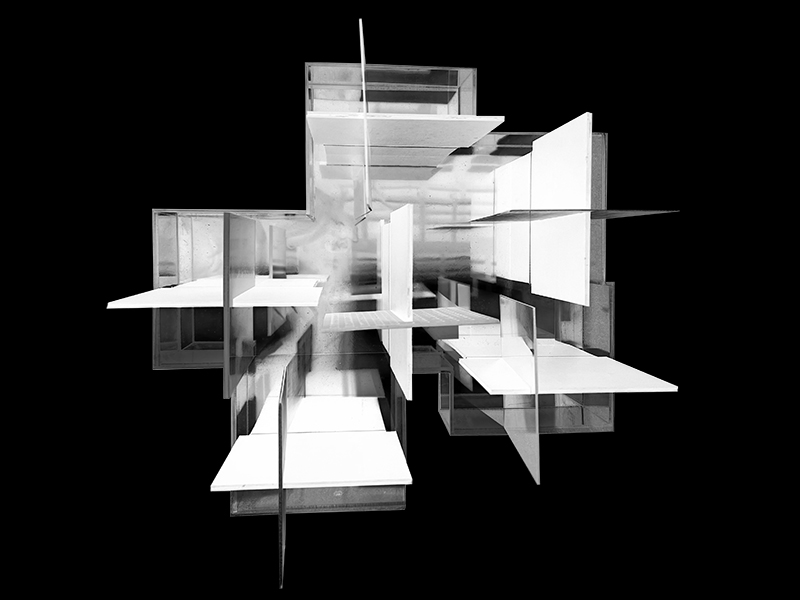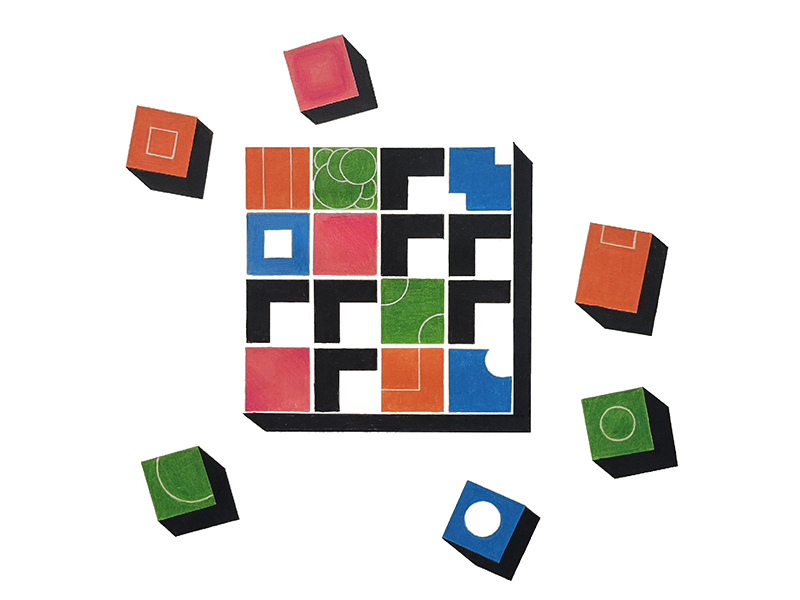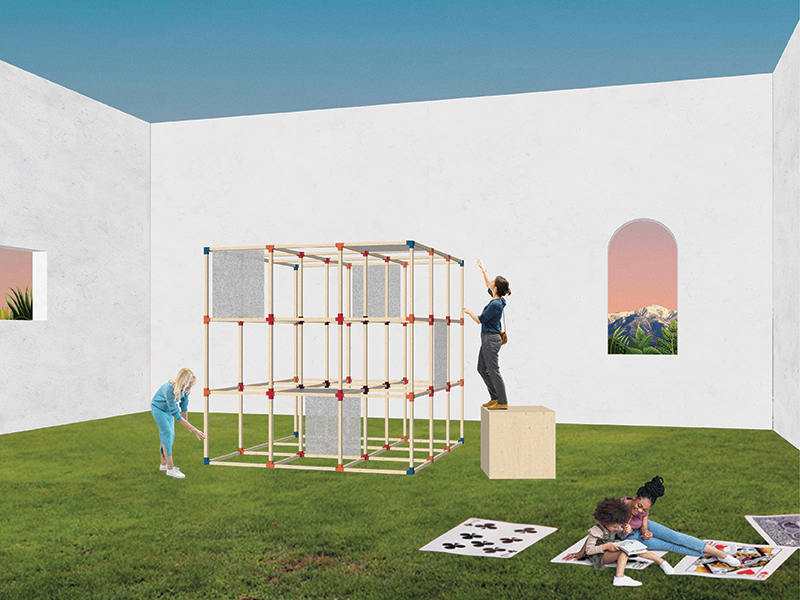Exploring the oft-neglected facet of human experience, this thesis accentuates the significance of “emptiness” and underscores the primacy of self-reflection over conventional notions of “being affected.” It proposes a methodology that prompts individuals to engage deeply in introspection, perceiving existence through an exterior prism. This transformative journey, guided by one’s senses (lighting, sounds, etc.), transitions individuals from a heightened awareness of time to a state of disregard for it, culminating in the attainment of “emptiness.” Through this process, individuals actively cultivate a profound understanding of experience, embracing personal growth and insight rather than merely experiencing feelings.
